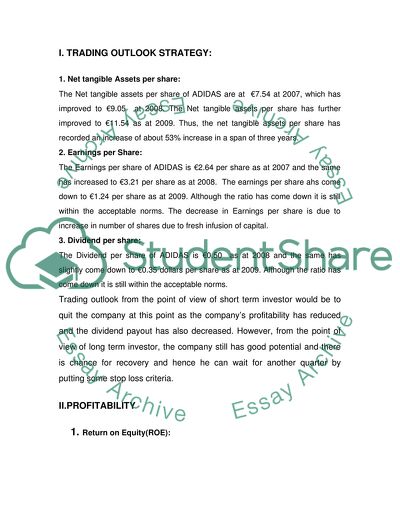Cite this document
(Financial Analysis of Adidas Company Case Study, n.d.)
Financial Analysis of Adidas Company Case Study. Retrieved from https://studentshare.org/finance-accounting/1736477-interpreting-financial-statements
Financial Analysis of Adidas Company Case Study. Retrieved from https://studentshare.org/finance-accounting/1736477-interpreting-financial-statements
(Financial Analysis of Adidas Company Case Study)
Financial Analysis of Adidas Company Case Study. https://studentshare.org/finance-accounting/1736477-interpreting-financial-statements.
Financial Analysis of Adidas Company Case Study. https://studentshare.org/finance-accounting/1736477-interpreting-financial-statements.
“Financial Analysis of Adidas Company Case Study”. https://studentshare.org/finance-accounting/1736477-interpreting-financial-statements.


